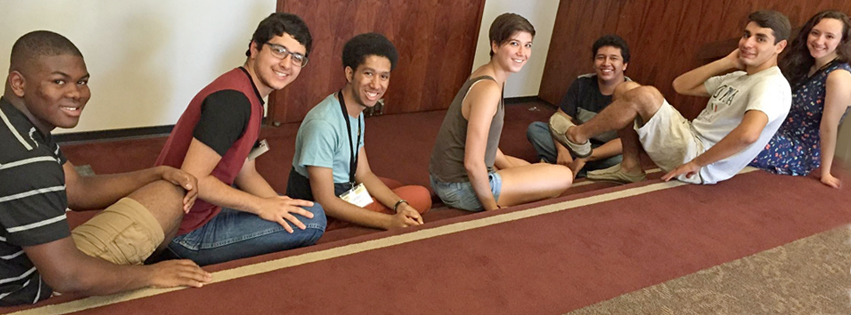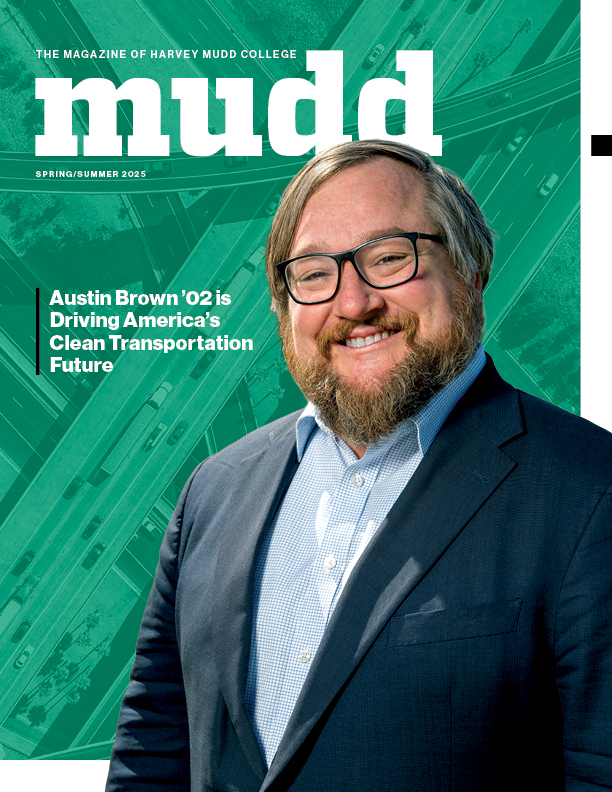Harvey Mudd Achieves Entering Class Milestone
August 10, 2015
Building on its recent successes increasing faculty and student gender diversity, Harvey Mudd College has achieved a new milestone with the Class of 2019.
In addition to being remarkably talented—92.5 percent of those who were ranked were in the top 10 percent of their high school class—Harvey Mudd’s first years are more racially diverse than any incoming class in the College’s history. Driven by the belief that excellence and diversity go hand in hand, the College community is seeing its efforts to become a more inclusive place—consistent with its mission and honor code, and as outlined in its strategic plan—come to fruition.
”The incoming demographics are related to multiple years of efforts by faculty, staff and current students to increase the visibility of Harvey Mudd in multiple communities, to build access pathways to our institution and to create a campus culture of inclusion and success for all students,” says President Maria Klawe.
Of the 215 entering students, 20.5 percent are Latino/Latina (an increase from 11.2 percent in 2014) and 6.5 percent are African or African American (up from 3.6 percent in 2014). Students who identify as multiracial make up 12.1 percent of the class (9.7 percent in 2014). Women make up about 45 percent of the class, continuing the gender breakthroughs seen at Harvey Mudd during the last few years. The College is also welcoming a growing number of first-generation students (12.6 percent compared with 11.7 percent in 2014). International students hail from 23 countries, up from 16 in 2014.
“Our increase in underrepresented students is following the same path that our increase in women followed,” says Thyra Briggs, vice president of admission and financial aid. “It’s also part of the College’s strategic vision: excellence and diversity at all levels. These two things very much go hand in hand. It’s not excellence or diversity. It’s excellence and diversity.”
From its earliest days, Harvey Mudd has attracted students of extraordinary ability. In addition to their academic talent, students are selected based both on the contributions they can make to the Harvey Mudd community and their fit with the College.
Over many years, various groups on campus have been working to improve the College’s demographics. Faculty members have taken a personal approach to encourage underrepresented students to select Harvey Mudd. Computer science Professor Colleen Lewis organized faculty during 2012 to call admitted students who identified as Black/African American or Latino. Such efforts have continued, and now participating faculty also contact admitted first-generation students, as research suggests that personal interaction is very important for recruiting this cohort, says Lewis. Harvey Mudd student organizations also enthusiastically encourage prospects and those who are admitted.
Welcoming Campus Climate
Once they are on campus, the Class of 2019 will find support both academically and socially. Sumun Pendakur, associate dean for institutional diversity, says her office will continue to educate the campus population with the “awareness, allyship and action” model of diversity and social justice education. She and Darryl Yong ’96, associate dean for diversity, will continue to work with academic departments to encourage inclusive pedagogies and curriculum.
“Mudd has one of the most rigorous curricula in the nation,” says Pendakur. “To that end, we will launch the second year of the PALs (Peer Academic Liaisons) program. PALs live in all of the dorms and receive training from academic affairs and student affairs in order to best support the academic needs of our students and help all students develop increased help-seeking skills.”
Harvey Mudd’s diversity efforts mirror those of the National Science Foundation, which launched an initiative in 2011 to broaden participation with the goal of eventually having the participation of NSF-supported scientists and engineers in STEM fields mirror the U.S. population, with particular focus on those who are Alaska Natives, Native Americans, blacks or African Americans, Hispanics, Native Hawaiians and other Pacific Islanders, and persons with disabilities.
“Harvey Mudd continues to demonstrate leadership in ensuring that pipelines into STEM fields truly represent the breadth and depth of the population,” says Pendakur.
